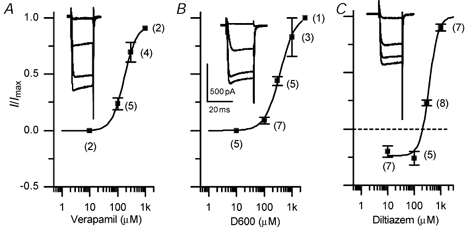Figure 5. Traditional L-type channel blockers can completely antagonize the calcium current.

Dose–response curves, with corresponding fits to Hill equations, are shown for verapamil (A), D600 (B) and diltiazem (C). Insets are currents elicited from depolarizations to −14 mV from a holding potential of −84 mV in the absence and presence of the three highest drug concentrations (averages of four). The control trace is the largest current in A and B, but in the diltiazem trace it appears that the low dose potentiates the response. The scale bar is 500 pA and 20 ms. The value of n for each dose is given in parenthesis. Half-blocking doses obtained from fitting Hill equations were 192 ± 20, 375 ± 25 and 367 ± 22 μm for verapamil, D600 and diltiazem, respectively. Hill coefficients were 1.7 ± 0.4, 1.6 ± 0.2 and 2.5 ± 0.3 for verapamil, D600 and diltiazem, respectively, with r2 values of 0.997, 0.998 and 0.99, respectively.
